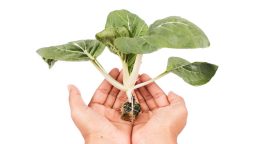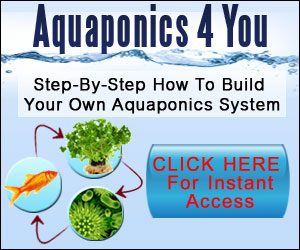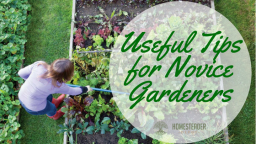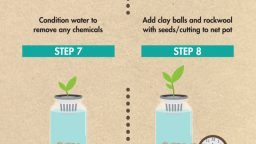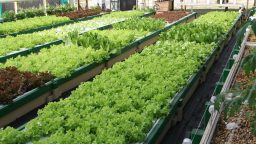Setting up an aquaponic system, although quite an easy task, requires some basic knowledge of aquaponics. If you have decided to install such a system in your house, then you probably know what this is and how it could help you. However, there may still be things which can interest or help you. Below you will find 5 essential things which you should know in order to obtain spectacular results.
1. Location
The place where you put your aquaponic system is highly important for the way in which the plants and the fish will develop. In order to obtain great results, you should make sure that the temperature from the room is not too high, nor too low, that there is enough light for the plants to prepare their food and that no wind or extreme weather conditions will reach them. Also, make sure that no harming chemical substances can get inside the water as this means death for both your fish and your plants.
2. Oxygenizing the water
The happier your fish are, the better your system will work! This is why you need to oxygenize the water on a daily basis and make sure your fish have all the “comfort” they need.
Related Article: “Advantages of Aquaponic Farming”
3. Choosing your fish accordingly
The aquaponic system works well with almost all types of fish. Yet, there are states in which you are not allowed to grow whatever type of fish you want, so you will want to see what types of fish you are allowed to have before starting your aquaponic system as you do not want any problems with the law.
4. Placing the pots
In order to make the harvest much easier, you should place the pots or the entire system at your waist level. This way you will not have to bend over, making the daily care routine a much easier activity.
5. Adding additives
There are cases in which your fish may not provide all the nutrients needed for your plants. If the quantity is lower than what the plants need, then you will have to supply them with the respective substances. In most cases, you will need to add iron, calcium carbonate or potassium carbonate.
Aquaponics is an easy activity which will provide you with the necessary vegetables and fish in a short amount of time. Just follow the tips mentioned above and you will have great success in your attempt to grow organic food in your home.


